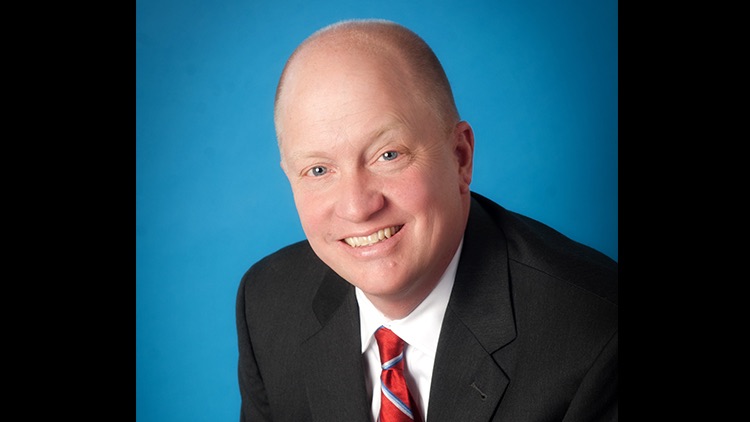Setting the Tone For Sinclair’s Stations

Even though Sinclair Broadcast Group’s local news operations (173 stations in 82 markets) are considered to have a more conservative bent by people in the broadcast industry, it hasn’t completely avoided the assault the national media seems to be under these days. Sinclair isn’t under fire from President Trump: rather, it was the subject of a Politico story in December alleging the group struck campaign-season deals that gave Trump better coverage—a charge the Society of Professional Journalists subsequently apologized for reprinting. Sinclair made news again in February, when a journalist at its WWMT in Kalamazoo, Mich., was fired after political tweets, which Sinclair said was a violation of policy, not politics. Scott Livingston is the man who winds up dealing with these issues. As Sinclair’s VP of news, Livingston oversees the group’s 66 local TV news operations—and he is instrumental in setting the strategy behind, and the tone of, the content the stations produce. He spoke with B&C contributing editor Diana Marszalek about why Sinclair is a target for criticism, what the group can do about it and whether or not its stations have an agenda.
Sinclair has long been charged with promoting a conservative agenda in its programming. Does it do that?
Our agenda is to serve up relevant information that our communities value. I understand we have some critics, but they don’t watch our local newscasts every day. But we do want to provide a point of differentiation, and part of that is providing context and perspective and challenging the accepted narrative in mainstream media outlets. Our goal is to alert, protect and empower.
When the Politico story emerged and was followed by others, including The Washington Post, in December, Sinclair was being criticized by its brethren in the media, not politicians. What’s up with that?
I think it speaks to the environment we are in. People will take a headline and a story and post it without making a phone call. I think the Politico story and The Washington Post were irresponsible. They discovered that we did certainly nothing wrong. For us as a news organization, it’s a lesson learned.
You have since made holding the media accountable a goal. How do you do that?
Our viewers expect us to flag stories that aren’t true. The good news is that it forces you to pause and do due diligence before you post a story. It’s making everyone in your news organization aware of our mission, and that is tracking the truth, holding public officials accountable and holding accountable media organizations that may publish misleading and bias and even fake news stories. That has become a true challenge, and the onus is on us to get it right.
The smarter way to stay on top of broadcasting and cable industry. Sign up below
What’s local media’s role, and responsibility, in all this?
Our job is to provide context and perspective to complicated issues that is typically missing. We want to be the news organization that asks the tough questions and asks the right questions. We challenge the accepted narrative. The local media has an advantage because viewers trust the local brand. They know the anchor, the talent … they are ultimate neighbors. So there really is a shared investment in the place they call home.
And your Washington bureau?
We focus on stories that all Americans care about. I think poll after poll in this election showed that most Americans are concerned about terrorism, concerned about immigration and government overreach and that’s what we reflect in our national coverage. Just because it’s developed in Washington doesn’t mean it doesn’t have local meaning.
You’ve recently made some high-profile personnel changes, like letting go WJLA’s Maureen Bunyan, a big advocate for women and minorities. Why the cuts?
We won’t comment on employee matters, but the decisions regarding on-air talent are always difficult. We have 4,000 news employees, and we have 600 openings. And the right-sizing only impacted a little more than 1% across our news organization. We look to remain a healthy organization and, as companies do from time to time, it’s necessary to review your workflow and look for ways to be more efficient.
